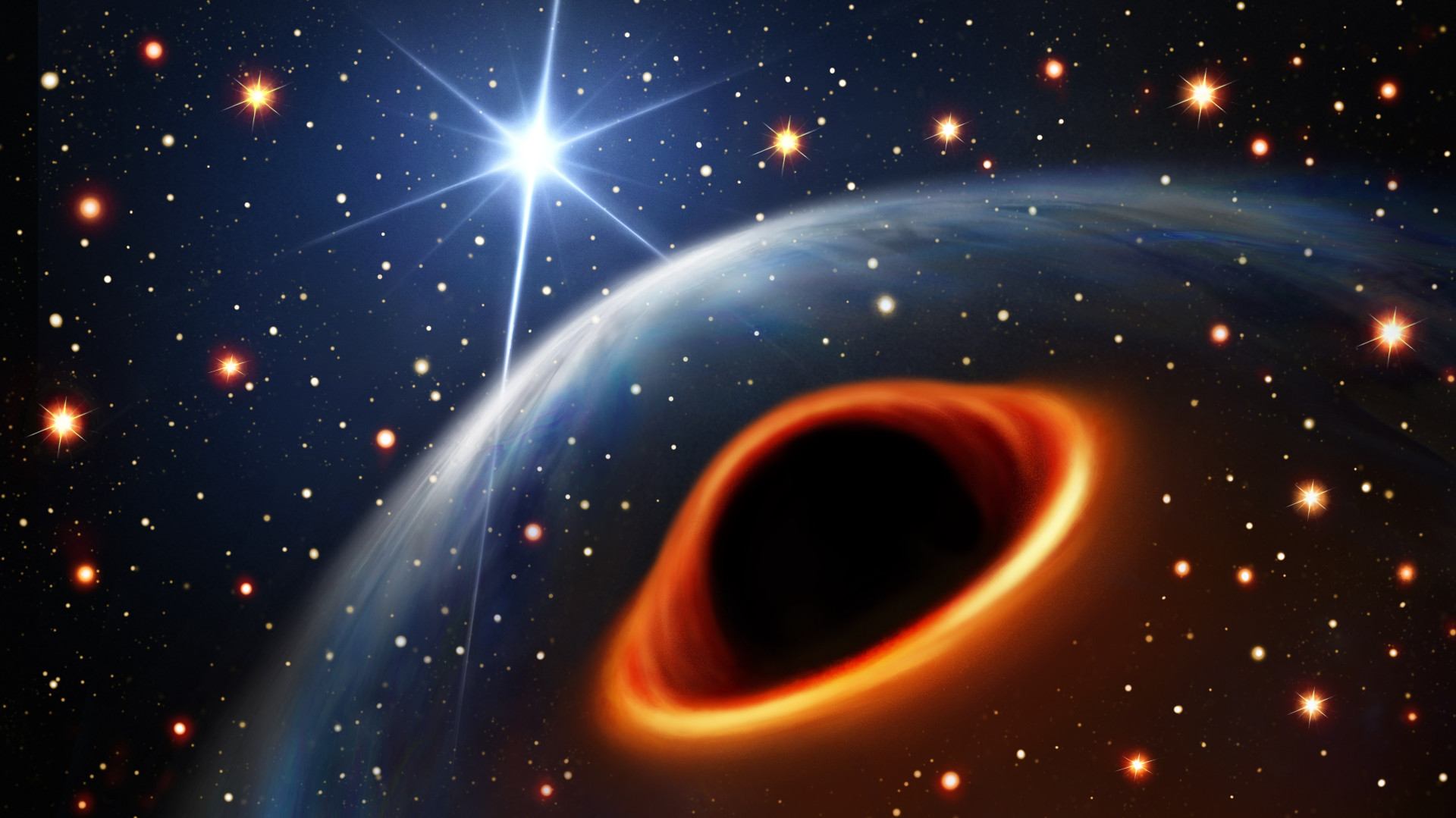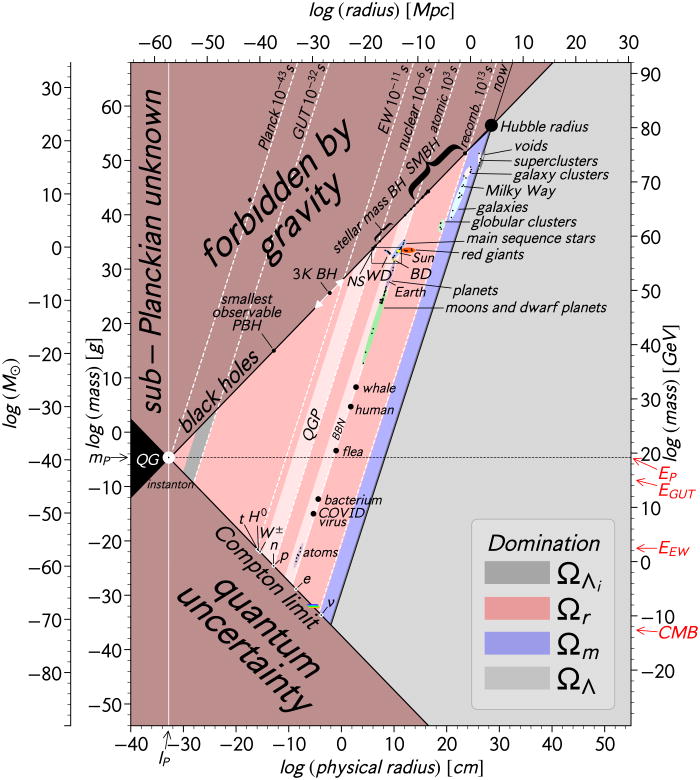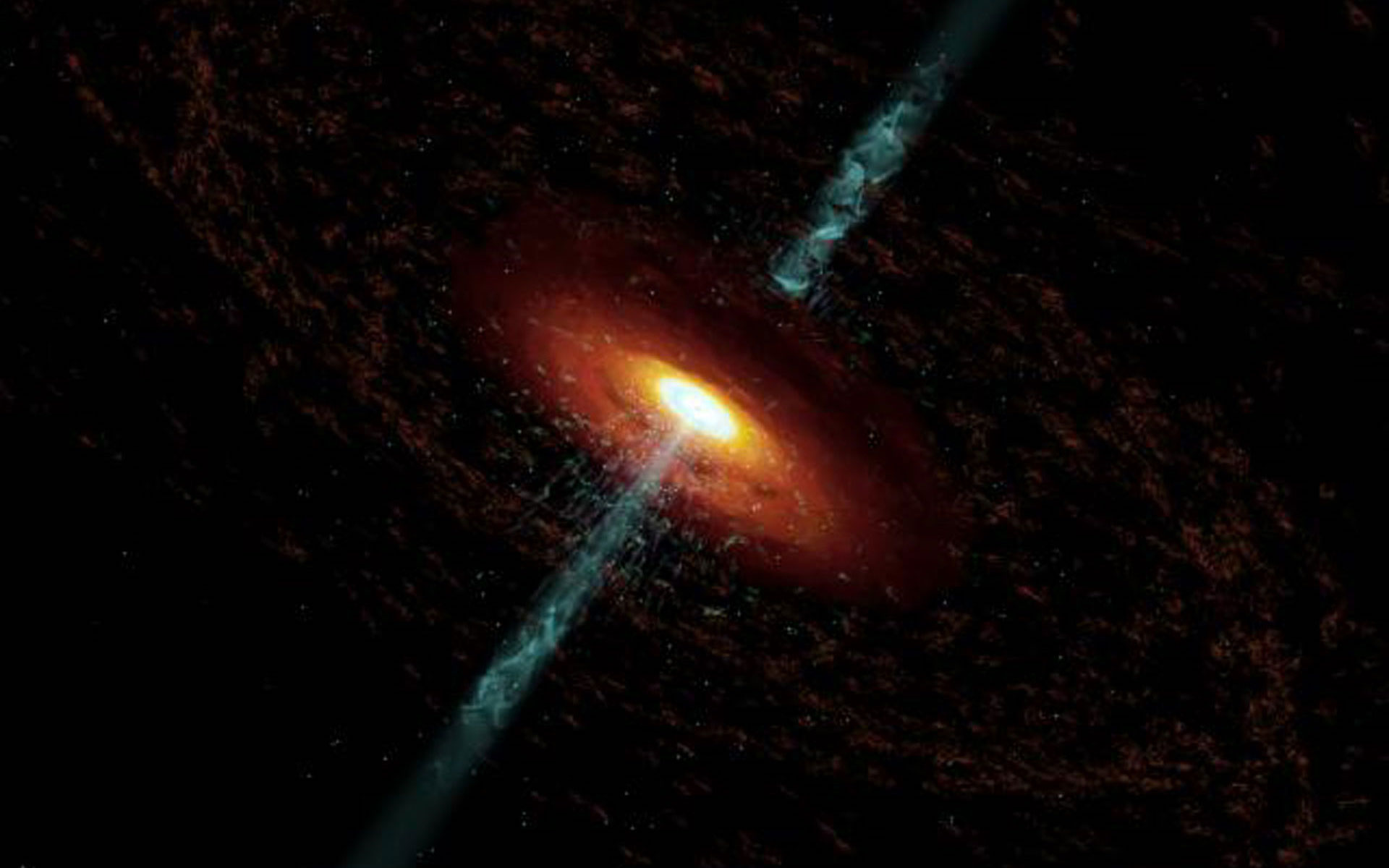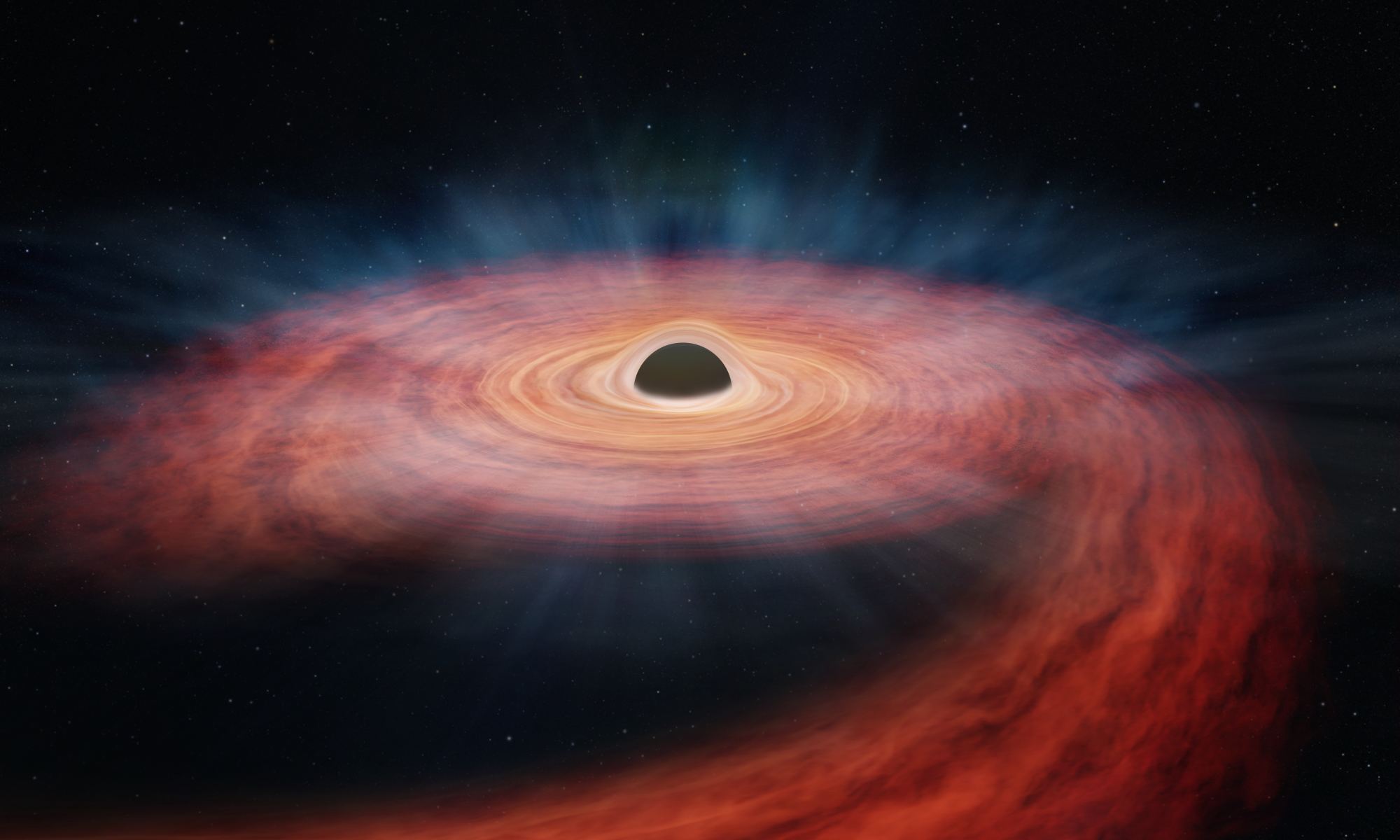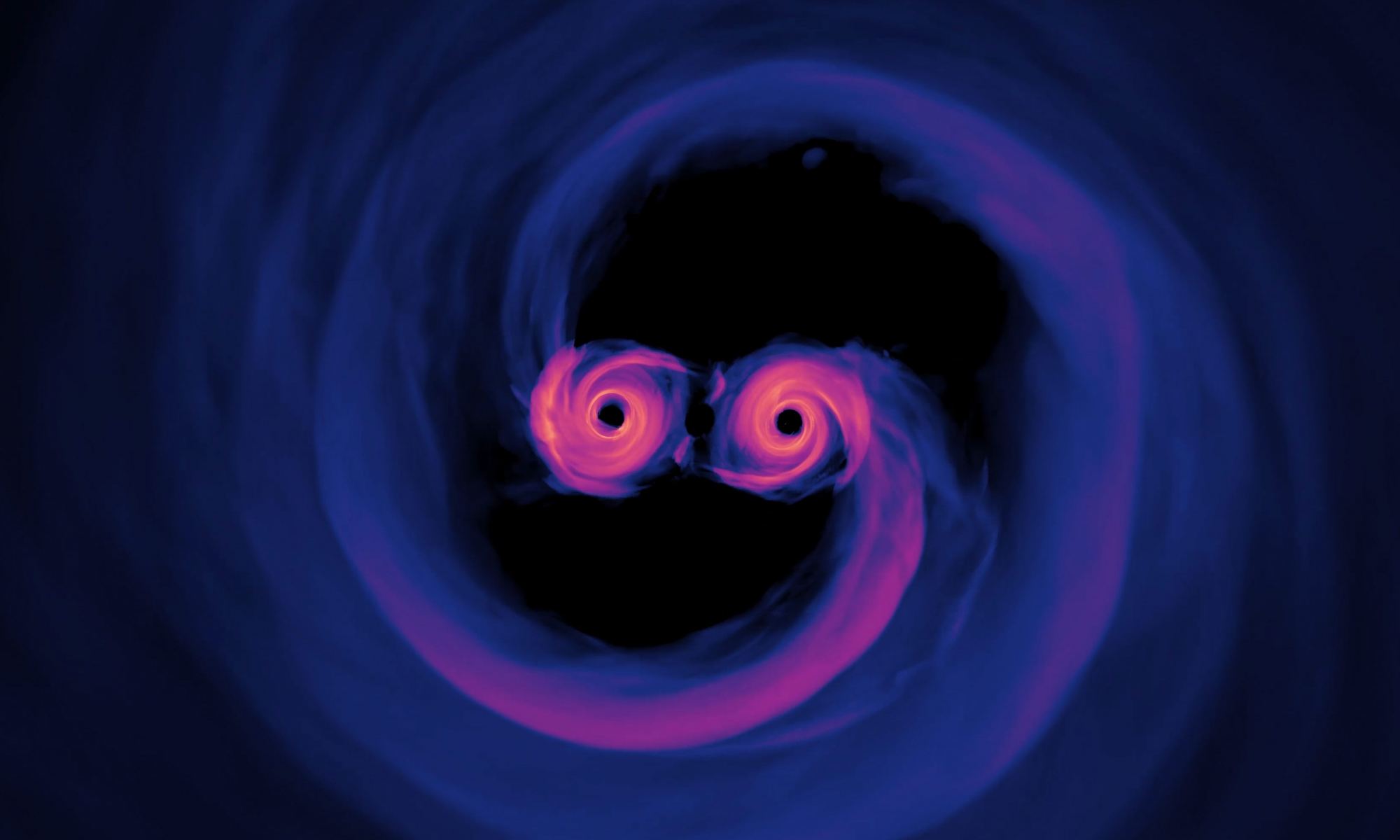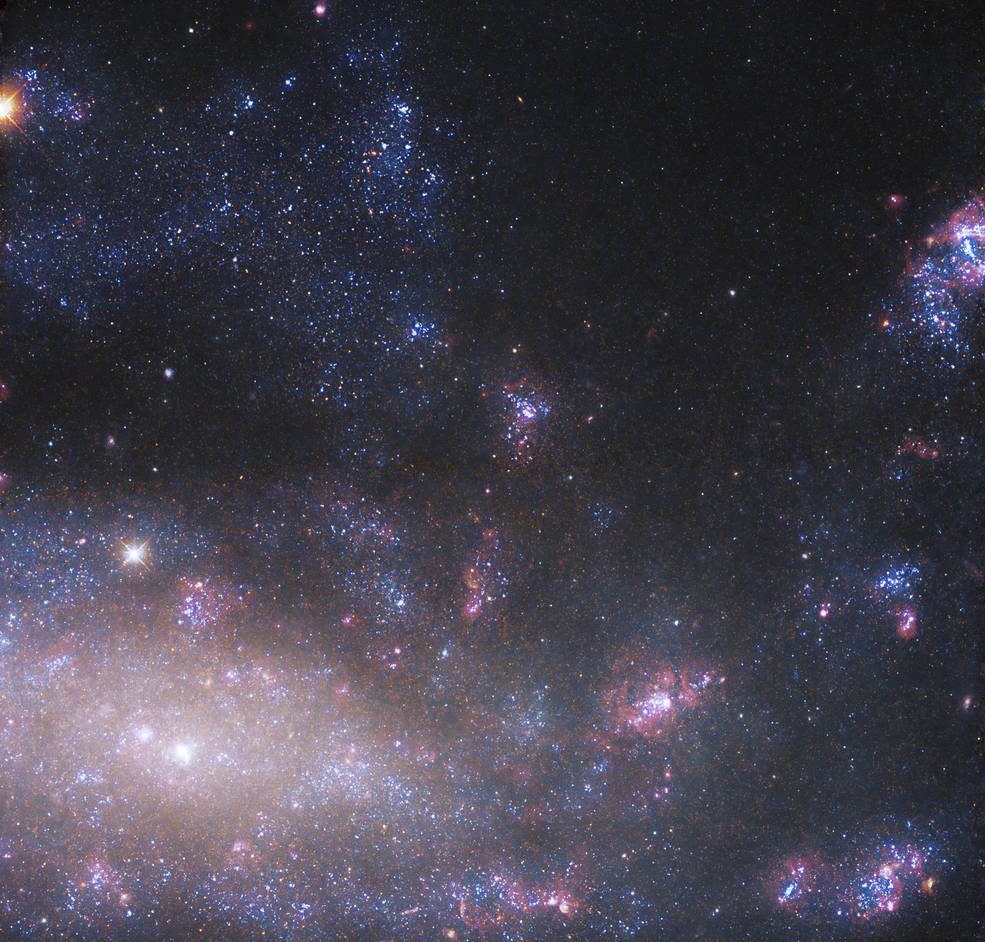At the center of the Milky Way, there is a massive persistent radio source known as Sagittarius A*. Since the 1970s, astronomers have known that this source is a supermassive black hole (SMBH) roughly 4 million times the mass of our Sun. Thanks to advancements in optics, spectrometers, and interferometry, astronomers have been able to peer into Galactic Center. In addition, thanks to the international consortium known as the Event Horizon Telescope (EHT), the world got to see the first image of Sagittarius A* (Sgr A*) in May 2022.
These efforts have allowed astronomers and astrophysicists to characterize the environment at the center of our galaxy and see how the laws of physics work under the most extreme conditions. For instance, scientists have been observing a mysterious elongated object around the Sgr A* (named X7) and wondered what it was. In a new study based on two decades’ worth of data, an international team of astronomers with the UCLA Galactic Center Group (GCG) and the Keck Observatory have proposed that it could be a debris cloud created by a stellar collision.
Continue reading “A Mysterious Blob Near the Milky Way’s Supermassive Black Hole Might Finally Have an Explanation”


